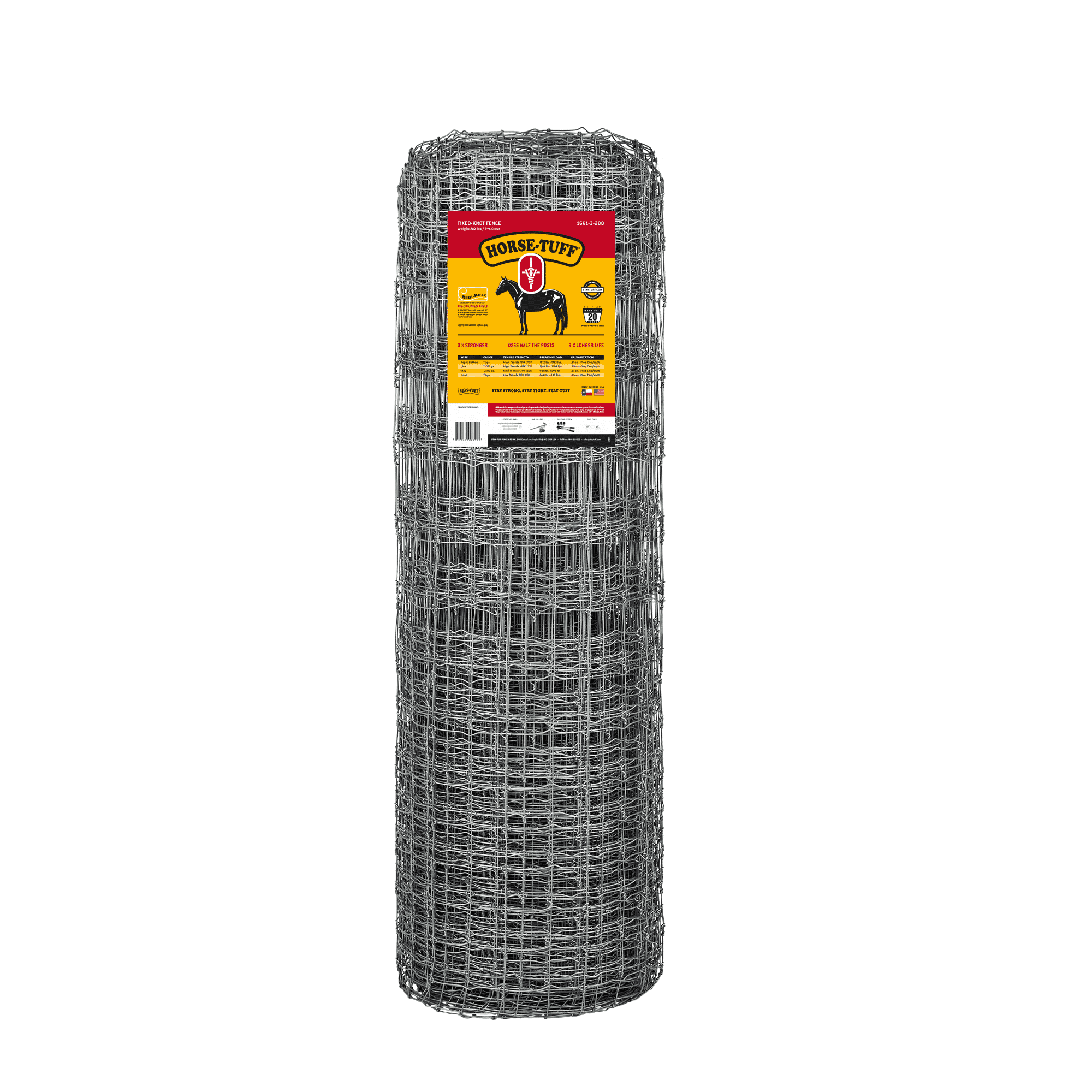Fence Line Safety: Identifying Hazards for Your Horse
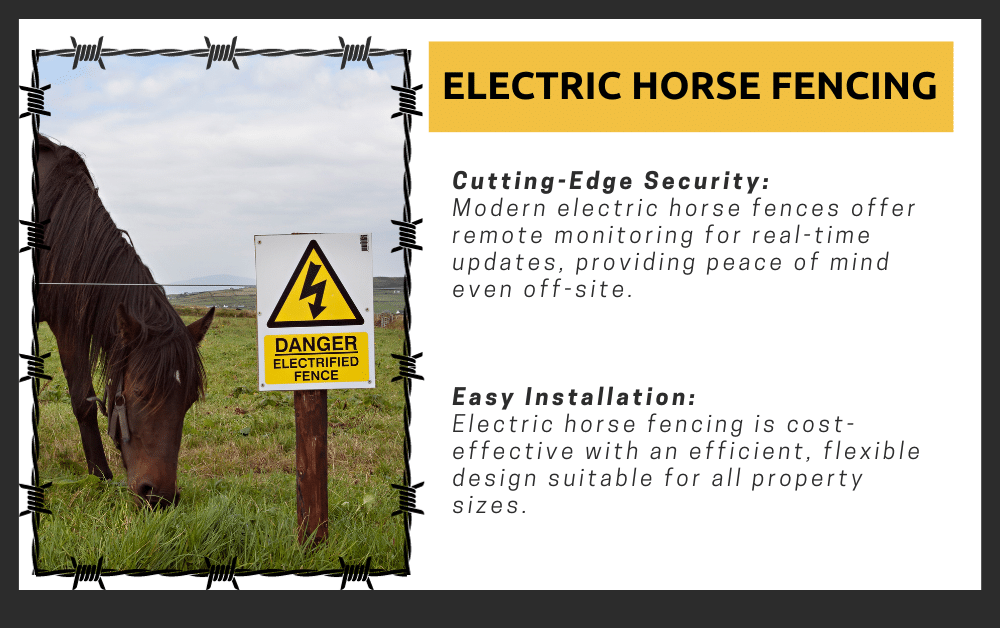
Ensuring the safety of your horse along fence lines is crucial for preventing injuries and maintaining a secure environment. Fence lines can pose various risks, and understanding these hazards helps in creating safer pastures.
Common Fence Line Hazards
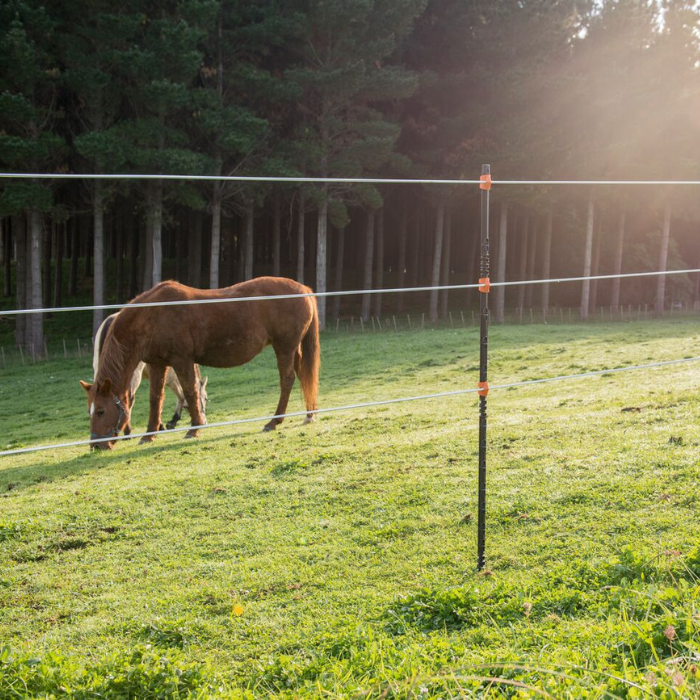
| Hazard Type | Description | Potential Risk to Horses | Prevention Tips |
|---|---|---|---|
| Sharp Edges | Broken wires, nails, or splintered wood | Cuts, puncture wounds, infections | Regular inspections, repair or replace damaged parts |
| Loose or Sagging Wires | Wires that are not taut or have gaps | Entanglement, escape, injury | Tighten wires regularly, use proper tensioning tools |
| Toxic Plants | Poisonous vegetation growing near fences | Poisoning, allergic reactions | Remove toxic plants, use herbicides safely |
| Inadequate Visibility | Poorly visible fences, especially at night | Horses running into fences, panic | Use reflective tape, proper lighting |
| Electric Fence Malfunction | Faulty wiring or low voltage | Ineffective containment, risk of shock | Routine electrical checks, maintain battery or power source |
Identifying Hazards
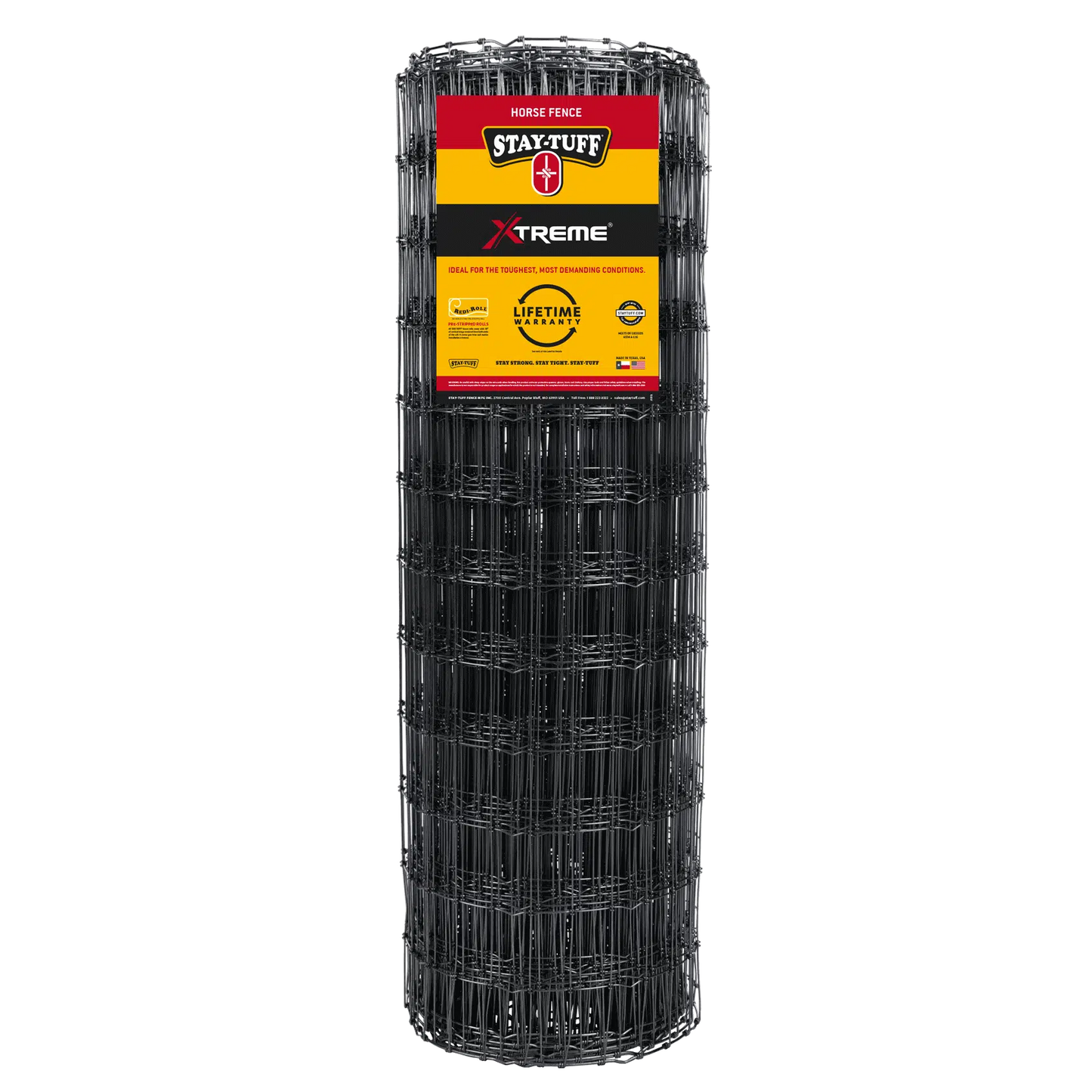
- Visual Inspection: Walk the fence line regularly to spot broken wires, loose posts, or overgrown vegetation.
- Behavioral Signs: Watch for horses showing signs of distress, such as frequent rubbing or attempts to escape.
- Environmental Factors: Consider weather effects like storms that may damage fences or cause debris accumulation.
Best Practices for Fence Line Safety
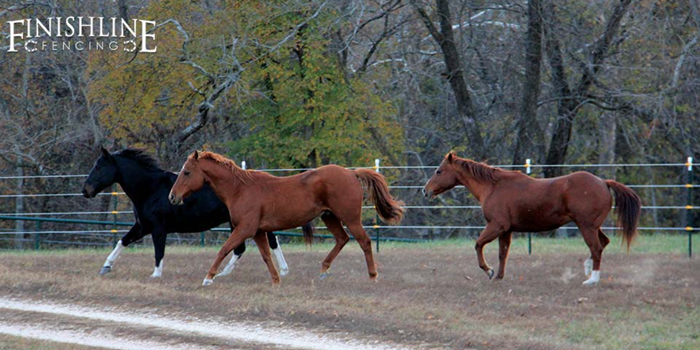
- Routine Maintenance: Schedule regular checks and repairs to keep fences in optimal condition.
- Use Safe Materials: Opt for horse-friendly fencing materials like smooth wire, vinyl, or wood without sharp edges.
- Clear Vegetation: Keep the area around fences free from toxic plants and overgrowth.
- Install Warning Signs: Inform visitors and workers about electric fences or other hazards.
- Educate Caretakers: Train anyone handling horses on recognizing and addressing fence line hazards.
FAQ
What types of fencing are safest for horses?
Wooden rail fences and vinyl fences are generally considered safe due to their visibility and smooth surfaces. Electric fences can be safe if properly maintained.
How often should fence lines be inspected?
Fence lines should be inspected at least once a month and after severe weather events.
What should I do if my horse gets injured on the fence?
Clean the wound immediately, apply antiseptic, and consult a veterinarian if the injury is severe or shows signs of infection.
Can horses be trained to avoid fence line hazards?
Yes, horses can learn to respect fences, especially electric ones, through consistent training and positive reinforcement.
Conclusion
Maintaining fence line safety is essential for protecting your horse from preventable injuries. Regular inspections, proper maintenance, and awareness of potential hazards create a safer environment for your equine companions.
